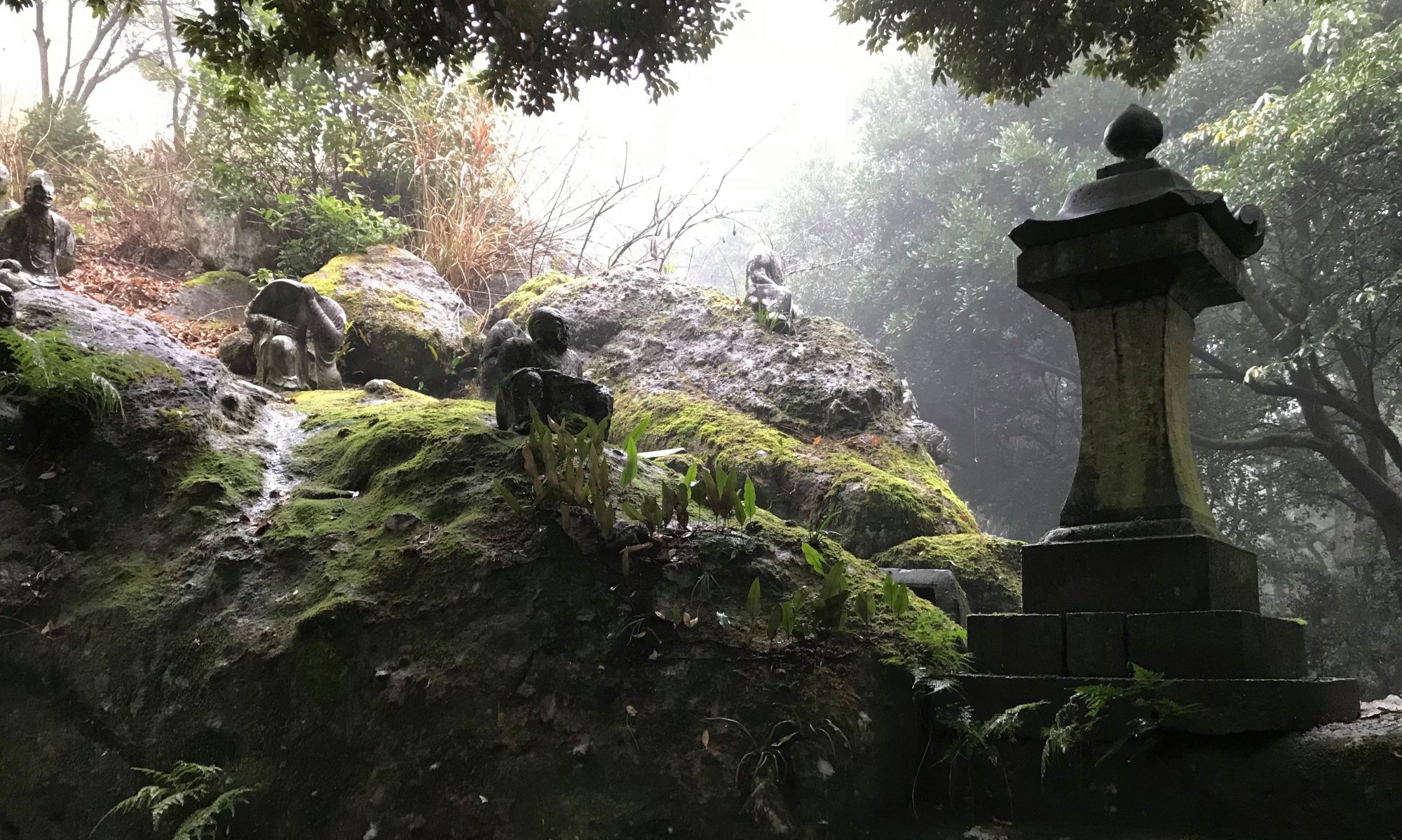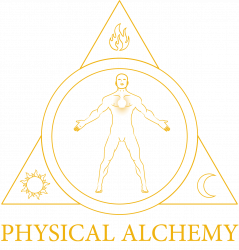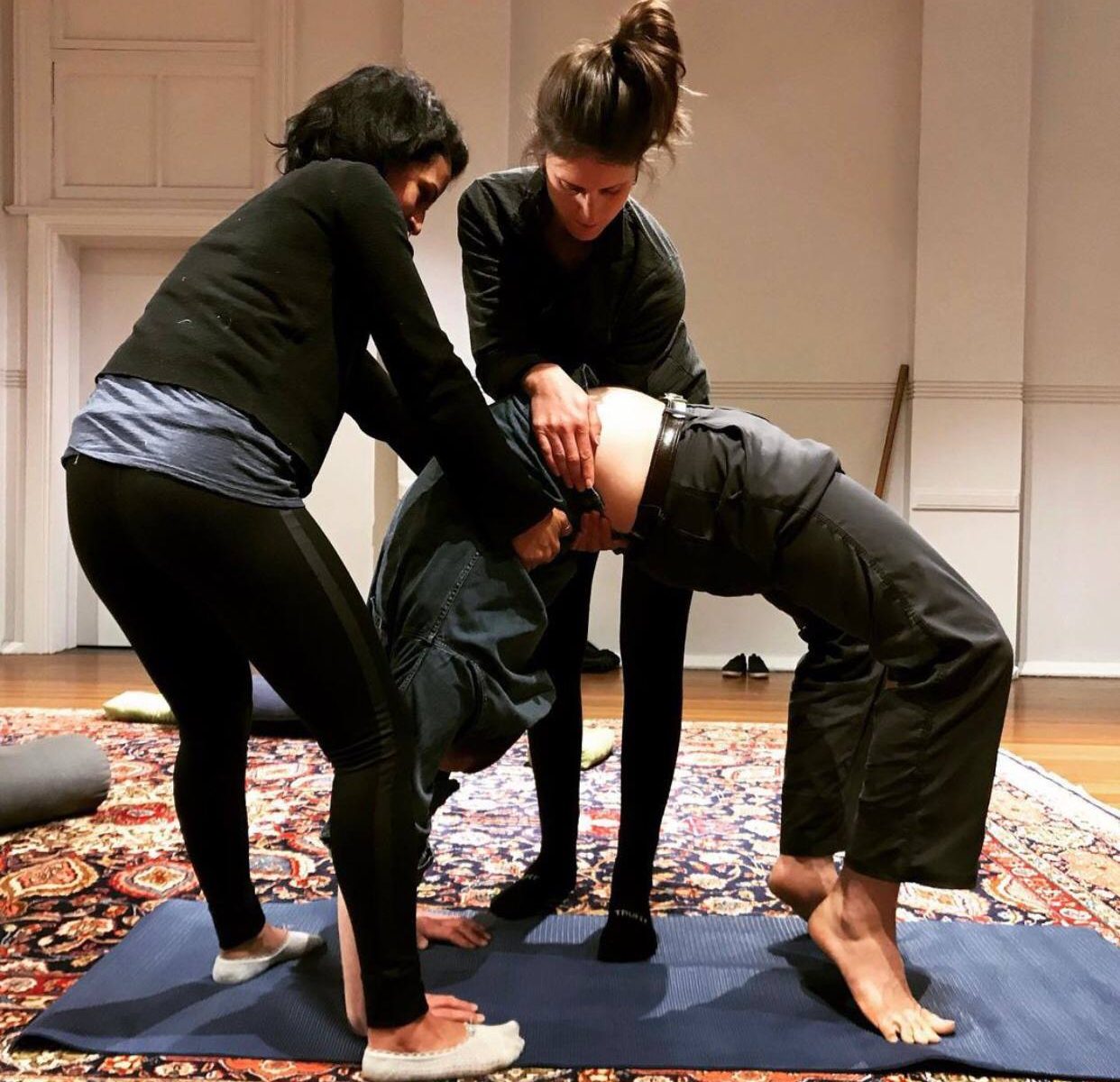This essay is a brief tour of some of the principles of Repatterning Stretching; so that prospective students and interested parties can have an introduction to this outer shell syllabus of Physical Alchemy.
Repatterning Stretching serves a number of purposes: it is a syllabus/class in its own right [one situated within a physical repatterning work paradigm]; it is preparatory training for my other, more advanced stretching syllabus – Alchemical Stretching; and it codifies and knits together certain very valuable lessons, principles and techniques from both my time studying with Kit and at soft tissue college; and the previous innaugural period of my research and training in the martial arts and physical culture.
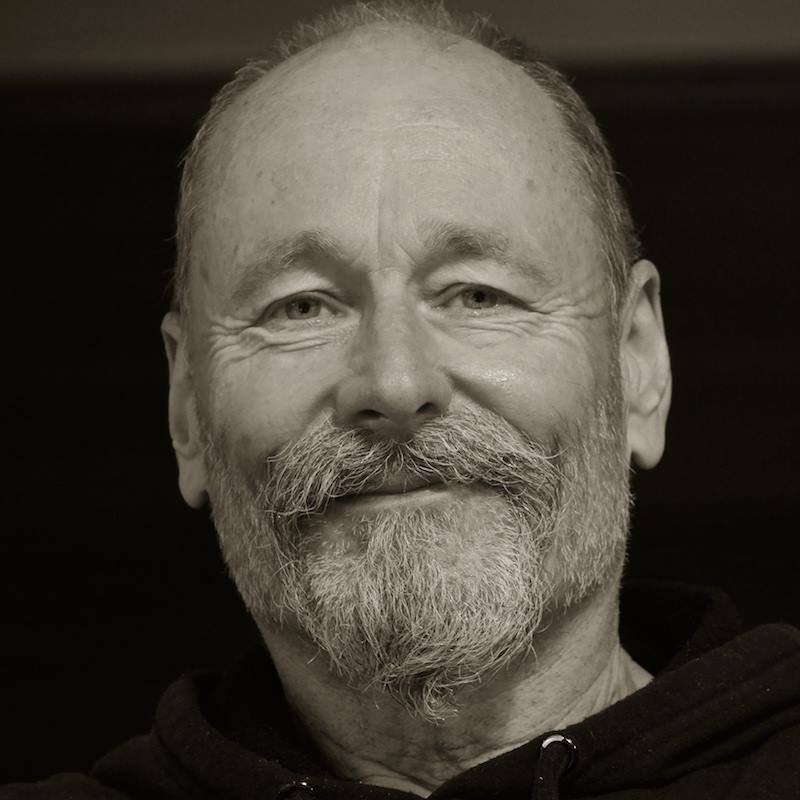
[ ⁉️ ] what is this thing called ‘Repatterning Stretching’
People usually connect ‘stretching’ with methods of gaining more flexibility. Rightfully so – stretching does indeed make a body more flexible [when properly performed, of course]. Sometimes people also connect stretching with the removal of pain or increasing grace and ease in movement. It can do these things, too.
But these are not the qualities of primary importance in repatterning stretching.
Repatterning Stretching is a way of stretching that emphasizes the de-aging of the soft tissues [both in terms of felt-sensation and in biological actuality]; the cartography of the body; and the transformation of the relationship of the structural elements contained within.
You will, of course, get more flexibility from repatterning stretching – but this is a secondary focus.
The guiding principles are explicitly not those of fitness, performance or wellness – though some of the qualities of these perspectives may occur as benevolent collateral.
As many of you know already; I was fortunate enough to apprentice with Kit Laughlin [ [K]; creator of Stretch Therapy – photo above ] – and repatterning stretching has its definite genesis in this mileau [ and the ‘advanced class’ at the ANU; which Liv and the other teachers added much of their own flavour to – which I attended during this time].
I have added and subtracted many things along the way to forging the syllabus I am calling Repatterning Stretching – but this is where its practical origin began.
One of the many beneficial aspects of studying w Kit in an apprenticeship relationship was that I got to learn from his many mannerisms and gestures; listen to his many aphorisms, fragments of lore and sayings. Many of these occurred outside of a formal class or instruction setting, as is vital to such learning. One particular riff he liked to rattle off in classes or workshops [or even just whilst out having a coffee!] was something along the lines of: ‘we teach a world class system of stretching, strengthening and neural-repatterning!’.
Repatterning, you say..
‘Repatterning Stretching’ could be said to be: the utilisation of the tools of stretching and body work methods [as opposed to movement, dance, strength, martial arts, etc] within a paradigm of physical repatterning work.
This paradigm for working with the body is different from ‘fitness’ models of training; in which the ‘cultivation’ aspect – increasing muscle size, capacity of the heart and blood to carry oxygen, metabolic pathway efficiency and effectiveness, strength and explosive power, and so on – is prioritised.
Physical repatterning work acknowledges these – and can often concurrently work on these – but pays homage to the fact that the adult human form is most times so greatly warped at a deep, structural level in such a way that these somatic constraints are not effected by these other modes of training and need specific work.
The causes of these constraints [ soft tissue bindings ] are legion: unconscious habits of motions and posture; old injuries and the seqeula; the inability to exist at ease within the gravitational field; sitting too much and in poor configurations of alignment; breathing dysfunctions of all sorts; visceral dysfunctions and the adverse tension in the organ membranes; subconscious emotional patterns from internal perception, character armour and other noxious affects from broken Continuum, culture and civilisation – and more!
The result is a unique combination of cultural patterning – for example the ‘prawning’ of desk-based education, stress and the unnecessary tension and noxious side effects of it – and the persons own constitutional, educational programming [in a wide sense] and physical training history; alongside timeline issues [such as trauma of different types].
All and everything gets imprinted upon and into the body.
Usually these stay or stagnate further; rather than resolve spontaneously. One can, however – begin conscious, physical repatterning work upon these inauspicious patterns within the body.
Repatterning stretching [prehaps oddly], was also heavily influenced by my early period of study in the martial arts – esp certain principles and flavourings from jeet kune do* and other styles of gong fu. These systems had their own perspectives and models for working the soft tissues of the body.
So in a way repatterning stretching was from the get go an auspicious collision of stretching tools and principles with some the flavour and lore from the martial arts I studied.
Another one of my favourite [K]’s quotes emphasizes that stretching and martial arts are not quite such ‘strange bedfellows’, centres around his time in japan [in his own apprenticeship] – and was something along the lines of:
‘..in this room we break them; in this room we put them back together!’
[this was one of the instructors at the dojo he was studying at, pointing to different rooms that lay adjacent to each other].
A bit harsh, perhaps – but it was 1980s Japan. It does illustrate very nicely the age-old connection between martial arts and especially types of physical-skill dominant healing like bone-setting and types of bodywork. A lot of the best stretches are very close to joint-locking and joint-destruction techniques – only the intention, states, speed and force of technique differ. Both are fine studies in embodied anatomy.
So, we work within a physical repatterning framework because we want to change our shape.
We want to change the structure of our bodies – not just their function [and we want to investigate the merry, paradoxical dance between and beyond these two].
There are deeper aspects to the training the physical form than most common methods one encounters in modern civilisation let on about.
We seek to draw these out
and stabilize them
in our own body.
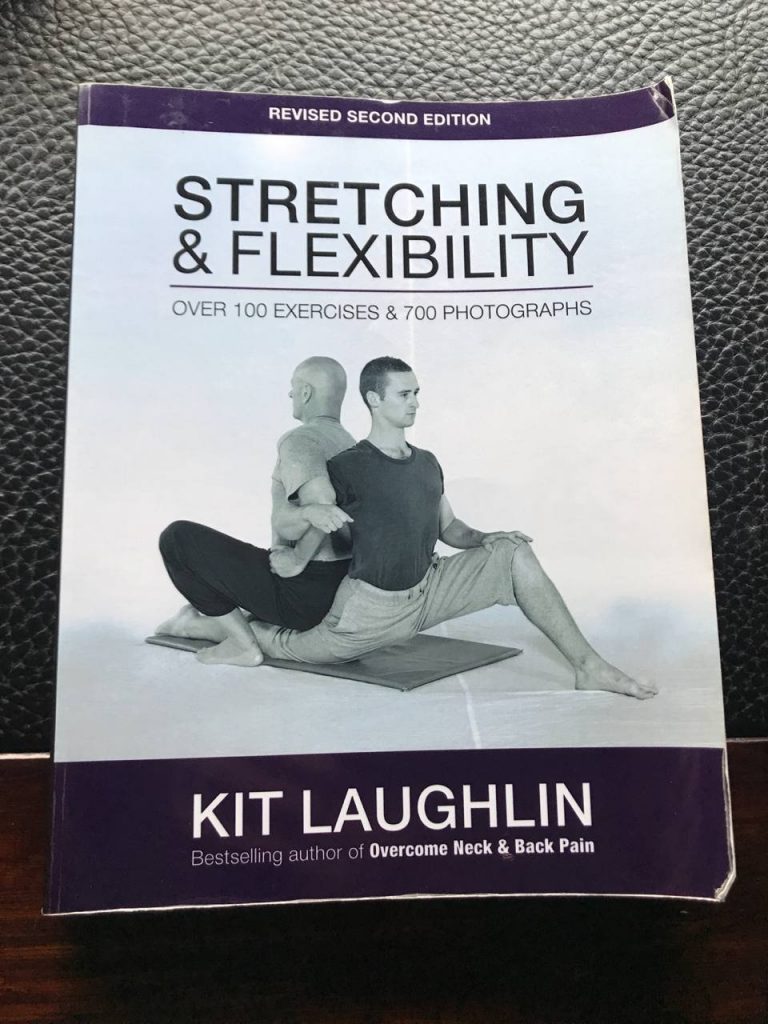
[ 📜 ] basic principles, heuristics and lore
There are a number of basic principles; pieces of lore and heuristics that can help a student begin their training and exploration of repatterning stretching. Three key principles from Stretch Therapy have been incorporated [Contract-Releax methods, partial postures, partner stretching], alongside some others.
Below are seven key principles, alongside some sub-principles – interspersed with a seasoning of lore. These serve as the riff points for the first few classes of a course in repatterning stretching – and are revisited in added depth over and over and over. As with the postures, we favour repetition and depth over the diffusion of technique at the experience of potency.
[ 🤝 ] partner stretching
Repatterning stretching is partner stretching. In theory a person could learn repatterning stretching alone [sometimes they must try to, if they are geographically or virally isolated for training partners] – but in practice it is so vastly quicker, easier and more powerfully learned via partner work.
Since repatterning stretching is largely taught in classes, why teach inferior, slower methodology? One can stretch on ones own at home too, if one is so inclined. Later, once the methods are learned via partner stretching, ones own solo stretching practice transforms and more things are then possible.
[*] the coaching model
Part of the partnering is due to [K]’s incorporation of the coaching model into his work across the board: when you help another human being do an exercise, you yourself get better at the exercise more quickly than if you had just mindlessly learned by rote. It is not the repetition but the quality of the repetition that counts.
The fact is you are considering the anatomy of the people you are helping means you will begin to see a myriad of ways a human form can skillfull evade doing the stretch properly. And in that witnessing, you will see – you will feel – how your own body sneaks out of the full majesty of the sensations of a well-honed stretch.
In seeking to understanding the ‘why’ of the exercise – especially the ‘why won’t it get sensation and stretch in the correct location!?’ – we learn a deeper ‘how’.
[*] kinesthetic learning
Another major laurel to partner stretching is the massive boost to kinesthetic [body-awareness] learning. It is much faster – and of vastly higher quality – learning body work techniques via doing them with others [as opposed to reading or talking about them; or trying to figure out how to make them work on yourself; or mimicry in classes filled with other solo practitioners].
The body has a number of self-sensing properties that block the learning of certain techniques and qualities for a very long time. Training with partners overrides this.
The combination of body-to-body contact and oral tradition supersede textual immersion and isolated praxis for this body of work.
Stretching, too – because of low-chaos vectors [speed, motion, other humans moving quickly about] – offers a perfect vessel to study the sensation dominant aspects of physical repatterning work. True; it is not so good at some of the motion-repatterning aspects, but for that one simply selects other tools and settings.
In essence, you can compress a much large dosage of high quality new sensory impressions of a somatic type into a vastly reduced time-frame.
This means you progress much faster – but with no reduction in safety. In fact, partner stretching is actually safer [IF the teacher is running the class well AND the partners are listening with they body’s as well as their ears].
One common remark from those ignorant of such methodologies, is that the partner assisted postures look severe; even dangerous – like the person can/will be injured. The opticks that create this perceptual error come about by the fact that the postures use optimal leverage and skillful modulation of weight, principles. This mean the supportive positions elected look like they could be used to damage a body. This occurs because of a perception [and actuality] of a strong leverage advantage to the partner.
Paradoxically, this means that – whatever it looks like from the outside – on the inside it feels amazingly supportive. The firm, unwavering support of the partners posture is actually deeply relaxing of those same primordial layers of the body we seek to contact.
It is usually only in the minds of the disembodied that such alarm is raised. Any person with training in other deep embodiment methods instantly body-understands it at a glance. People are alarmed because they are outta their bodies. They are mute to the many languages of the body. They have only visual and textual communication options available – options unsuitable for analysis kinesthetic conversation.
Repatterning stretching offers increased fluency in more than one of the languages of the body.
The partner[s] helps to reduce the apprehension in the postures. They can also gently aid the person in the final phase – smoothly removing oneself from the stretch [which is critical to the repatterning stimulus being digested in the system].
[K] would always say we treat the body-in-posture as we would a wild animal: ‘no sudden movements, no loud noises.’
This is very sound advice. Being deep in the uncharted waters of a posture can be an apprehensive situation for a fair while. Having a warm, supporting partner provides support in a number of ways to this.
Which brings us to the final and most important sub-principle: which is that it is simple just human nature to have touch in our lives. In fact we get sick and may even perish if we do not have it [as one very morbid study of orphans found out].
In the isolation of this digital age, more than ever.
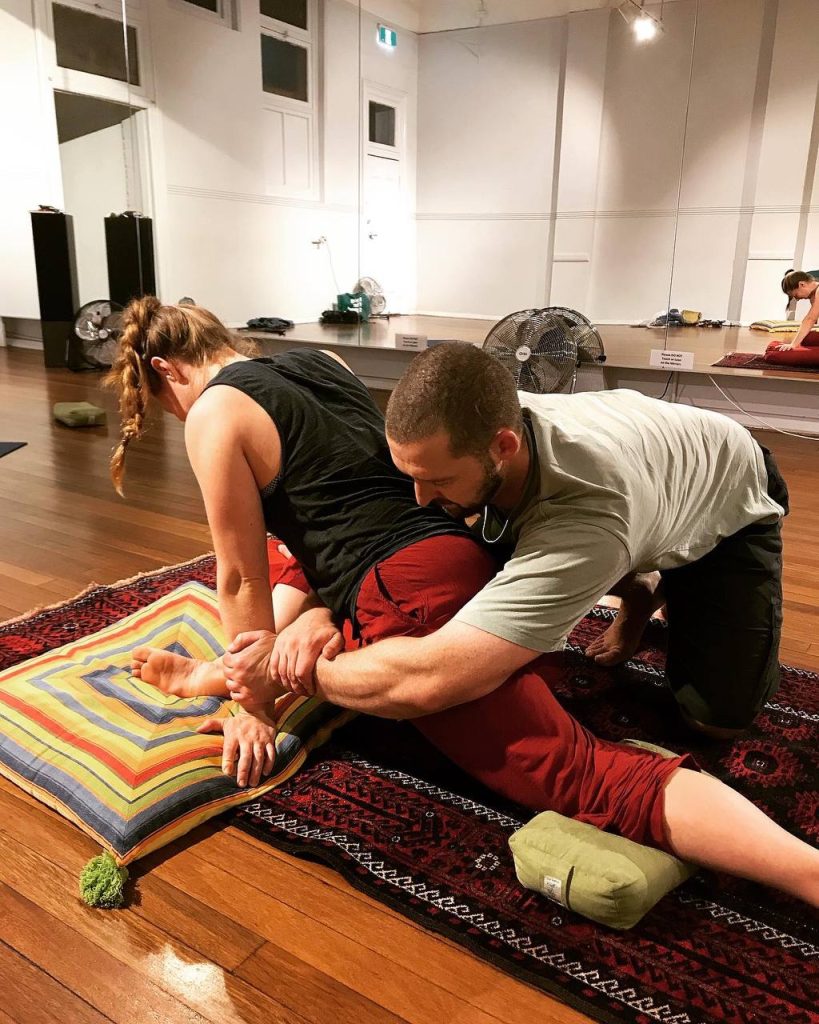
[ 💪 ] embodied anatomy [feat ‘partial postures’]
Anatomy is my favourite science. I learned anatomy four separate times at tertiary institutions during the course of my studies. But it was the last time that it really stuck. Not because of the repetition. No; it was because in my soft tissue therapies course, anatomical lessons were palpatory, as well as textual. This – combined with the deepening of my own body awareness from the regularly attending [K]’s classes [and being his guinea pig], was to make anatomy real.
Was to make it embody anatomy.
And embodied anatomy is key to changing the shape of structure.
[*] learning the posture
In class, when we are learning a posture we are learning anatomy, too. The anatomy also acts as a ‘corral’: we are wanting the stretch in these groups of muscles – and we facilitate working towards these ends by virtue of the anatomy of the human form.
True; different postures can be felt in very different places by differently configured renditions of the human form [individuals] – but – these variants are limited in number.
They fall within a standard distribution curve in terms of ‘inappropriate places the body can feel the posture prior to it working on the area the posture is designed to work’. The idealised form and its buttressing of failed formic actualisation are an important metastudy that leads to a deeper understanding of the posture.
So, learning both where is appropriate and the common inappropriate sensation location and types helps in understand the posture. Knowing why these anomalies occur is part of the teachin – and often yields self-knowledge insights in the process of internalization.
Partial-postures aid in honing in of certain ‘keystone’ muscles; or on areas that in larger complex postures are easy to gloss over. They shine a spotlight, where otherwise the flood light would only partially illuminate.
[*] bend the rules
Once a person has the posture embodied and understood to a suitable degree – once they have attain basic and intermediate proficiency in it. – Then we can have some fun! Then we can bend the rules a bit. They can make the posture their own. By this stage the persons body-awareness will also have improved enough in the art, so they can trust it to explore and tailor it to their purposes.
[*] peeling the onion
And again the postures can shift. We may need more difficult versions because we have moved a layer or two deeper into the proverbial onion of the soma. We can still benefit from basic postures but the postures will also shift as our structure actually begins to change. We still do the Form ‘hip flexor stretch’ or ‘whale work’ – but what exercise we are using as our working posture changes in parallel with our structure.
[*] break the rules [experimentation]
There also comes a time when ones embodied anatomy, structural change and physical intuition alongside other aspects of ones experience dictate the necessity of not just bending but breaking the rules one has used to guide ones practice up until this point.
This is proceeded by the crossing of a number of gates in terms of qualities. This is where things get really interesting and where one of the entry points into my other syllabus of stretching – Alchemical Stretching – begins.

[ 🧠 ] Contract-Relax [and other tension modulation methods]
Repatterning stretching utilises a whole suite of neuromuscular and other tension modulation techniques to aid us in our endeavours toward somatic cartography. Starting with the classic ‘contract-relax’ [C/R] methods; refined and brought out of the clinic by [K] from a fragment of an obscure tome of physical therapies entitled ‘proprioception neuromuscular facilitation’ [a body of work known by its acronym [PNF], these day].
Then of course there are many additions I myself have added over the years: pressure-tension modifies [especially useful for people with hypermobility connective tissue issues]; non-local proprioceptive mudras and seals; oscillation techniques; body tessellation postures – and more!
It’s important in Repatterning Stretching to move away from the quantitative and into the qualitative and physically intuitive as soon as possible. Counting aloud or internally; thinking about anatomy or descriptors of the exercise; being mentally distracted and not in the body – all block the student from entering a series of progressively deeper states [see below] necessary for the work.
[ The ‘3-phase diagram’ above is my ‘physically alchemical’ rendition of this cycle – and will be the feature of the next class essay ]
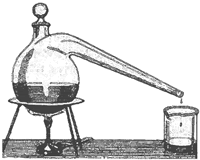
[ ⚗️ ] soft tissue transmutation
Of course, what we are after with all these fanciful sounding techniques and names is tangible, deep change of the shape of the human form.
soft tissue transmutation.
This takes time and consistent work.
It is not as linear as, say, strengthening the body or increasing cardiovascular fitness, are.
Even superficial changes to flexibility take time and sustained efforts.
Structural metamorphosis, even more so.
But this is the name of the game.
Over the last two decades there have been a number of shifts within the landscape of the training of the body: the ‘fascia reformation’ and ‘counter-reformation’; neuroplasticity and complexity; and so on. Still, thankfully, much of the training of the body remains arcane. So we get on with changing our bodies and leave the debate to others.

[ 🧭 ] cartography of the body
Cartography is about maps and mapping – and our body’s are mapped in our brains’ homunculus, but nowhere near fully. There grey areas, where sensation and ability to move are partial, uncoordinated. There are whole continents of the body missing – areas blackened out. There are ships being pulled into the murky depths by giant octopuses; pirates of amnesia lurking with intent to obscure.
Take a moment now, if you haven’t before, to sit and ponder how odd it is that there are vast areas of our body we cannot feel.
[*] sensory-motor amnesia
If one takes up a training like repatterning stretching, one begins to feel ‘new parts’ of the body – that is to say the sensory-motor amnesia of these areas is banished. It is hard to describe to someone who hasn’t experienced this how good it feels to feel more of your body. Even areas you did have feeling for begin to be felt in exquisite detail.
Repatterning stretching is in large part repatterning of areas of sensory and motor amnesia with somatic awareness. It is cartography. It is crafting a finer detailed and large map of your incarnation. One’s vitality, health and the very feelings of being alive and in-the-world undergo metamorphosis as this process unfolds.
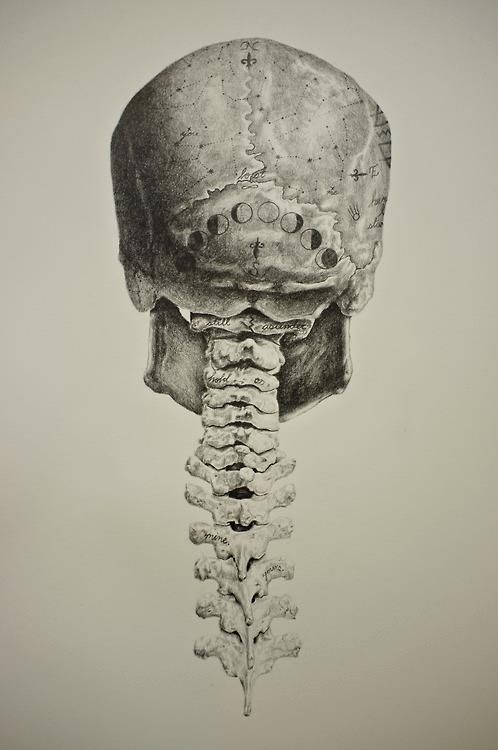
[ 🎻 ] states and tunings
Repatterning stretching encompasses the use of a number of different states of body-consciousness in transforming the body. It is anti-quantification, low novelty, high creativity. There are variations; but titillation with these at the expense of the alchemical repetition of key postures is not encouraged.
[*] tuning [tension and intensity]
People are often stuck at nodal points near the end of spectrum.
For example: most people fall somewhere into two broad categories in terms of their approach to intensity in stretching. On one end, those who are almost allergic to feeling intensity of physical sensations. Who label mild-to-moderate stretching sensations ‘pain’; and who are apprehensive about diving into embodied experience.
Then there are those on the opposite end of the spectrum. Those who seem intent on their own spontaneous combustion via a craving for intensity – and a false correlation of this with working the body intelligently or deeply. Who seek to mask or submerged repressed emotions via overloading the proprioceptors.
Neither polarity is really engaging with the sensations of the body.
The strategy for disembodiment is different for each; but the result is the same – failure to improve cartography.
The idea of tuning needs to enter the picture. There is a missing third option here: training to move towards the centre – and eventually have conscious tuning of the whole range of intensity. For you will use different tunings with different muscle groups; and at different periods of the body’s transmutation.
[*] fathoms of relaxation
Other states involve depth of relaxation. Many people simply cannot relax to any significant degree. Rarely [if ever] do they experience a true, deep relaxation response in the parasympathetic nervous system [the opposite and balancing response to the fight/flight/freeze response of the sympathetic side of the coin]. But it doesn’t stop there either. There are so many layers, types and qualities involved in relaxation. There is a big different between a deep relaxation response and a true yeilding in a stretch position. The pearls are fathoms deep – those who paddle in the shallows never find them.
[*] ventilation and ‘pneumatrophism’
Breathing can be used in so many ways – not just to aid modulation of states; but as actual primary stretching vector in certain postures, especially bound-rotations. Breath itself has a qualitative spectrum from the simple ventilation, onto things in line with what the ancients called prana, pneuma – and many other names.
For a long while there were theories of the body’s connective tissues exhibiting ‘thixotrophic’ – that pressure and heat induced into the system plasticized and ‘released’ soft tissue binding of different sorts.
Whilst this may not be the case, the body does exhibit properties that could be called ‘pneumatrophic‘ – as one has to be in a certain tuning in terms of body-consciousness; plus do the associated posture and techniques, for the qualities to appear.
[*] somatic individuation and the play of shadows
Finally, a very important principle evoked and catalysed by qualities of tuning and states. This is of course that in stretching you are trying in each posture to: find the tighest and most noxious [not damaged] bands of tissue and expose them to the methods that lead to their mapping and remodelling.
This may sound self-evident but there are strong false-self factors involved in the prevention your movements towards deeper states of somatic individuation. [K] used to dub this ‘shadow work’. Here we find another secret benefit of partner stretching – we have other eyes watching the play of shadows that is our repatterning stretching praxis.
Of course the strechee [person stretching] is always in charge of the intensity, duration and support vectors – the partners can aid the quest for self-knowledge via ‘enforced sincerity’, a.k.a ‘keeping the bastards honest’. [😅]
This is also where gesture begins to united with posture. As the face tells a very fine tale of how the stretch is going in terms the persons precision and tuning efforts. There are other physical signs, too.
This might sound a bit grim but it is often hilarious. The extents to which a body can squirm out of the way of a stretching bullseye is truly remarkable. And if the person is honest and playful with the exploration, these can yield some real lessons – that travel beyond the physical.

[ 🃏 ] humour, sound and jest
Which brings us to the final principles of this introductory essay to repatterning stretching. These can be clustered around that of Jest.
This may at first seem like an odd thing to have as a principle but the timbre of the classes would be very different if these classes had not, this last principle. In fact it would block a number of the qualities we are after from appearing, in a analogous way to the above mentioned ‘pneumatrophic’ dimensions of breath.
Laughter is a human universal. And one of the true responses to experiencing the embodied paradox effects created by tuning certain postures, auspiciously.
Laughter heals, laughter liberates.
Body, mind and emotions.
These principles gain more and more credence in the Alchemical Stretching syllabus but even in the beginning the repatterning stretching classes need to be evocative and supportive of mirth.
Gaze about – we are in an era of epidemic ‘In the Name of the Rose’ syndrome. It is a form of psychic tightness, psychic tensions with physical correlates.
What one can laugh at is shriveling up. But sometimes, to ridicule in the right way is to heal. Seriousness and tightness have too much in common for it to be a coincidence. The body knows this – and is suspicious of this.
Laughter and release are of living bodies,
serious and tightness are
wax sculptures.
There are ‘hidden spectrum’ within this principle. Sometimes people are stuck on the nodal point of a line of profanity; where they cannot swear properly, nor at the opportune moment. They still sound like a child swearing around a corner, afraid of being caught saying a naughty word by their mother or father.
As odd as it sounds, more than once a person has actually – possibly for the first time – uttered a genuine cuss; when they are finally tuning into the repatterning stretching states in a posture correctly. Every time this has occurred it has been a sign of a gate [a juncture between clear phases] having been passed. The organism has had a profound release, and as a bonus they can now swear with conviction!
This is not silliness. There need to exist spaces where people can express themselves in ways that their jobs, families and cultural conditioning block them from doing. It is natural to swear and laugh. These are natural blow-off valves for stress and emotional tension. Classes are structured and rarely descend into chaos [and when they do it is the right kind of chaos].
Sometimes too, again more in the Alchemical Stretching order classes, people will spontaneously emit sounds that sound primordial – bovian, elephantian, wolven, avian – that are perfect natural expressions of that particular persons experience of the embodied paradox in that posture in that moment.
The secret is not to encourage, enforce or lead people – but to creating a environment where mirth and natural spontaneous expressions, vocal or physical, are permissible. It is a bit like the having of good and witty comedic timing – when is the crucial factor.
[*] embodied mirth
Deeper still – a body that can fully laugh has certain.. properties to it. It is something well worth aiming for as a goal. It is an odd and unnatural thing when you meet a teacher of a bodily method who has restrained laughter. This goes for some other types of teachers, too. Again, the goal is tuning – but one must have both ends of the spectrum unlocked to be able to tune the instrument correctly.
Jest deals
in the currencies
of truth and mirth,
ridicule and paradox.

Ouroborus
As one begins to experience the shift in body-consciousness and soft tissue quality with the procession between gates of repatterning stretching, the training becomes its own reward – not simply something we do to de-age the body and change its abilities for motion and restoration.
Training becomes self-actualizing. Freeing oneself of unconscious and habitual patterns of motion and posture are felt as enhancing aliveness.
Sure, the body no longer wastes huge quanta of energy to move or adopt postures. And we can enjoy this. Breathing expands, channels of communication and pulsation begin – like a sleeping giant – to awaken from the dormancy of a long, somatic winter.
But it is the return of other qualities – often lost since childhood – joy, joking, laughter, simplicity, contrived and natural expression of ones essence in line with ones gestures, speech and action.
Curiously, I now find myself back at the ANU Sports and Recreational Union building – the setting for much of my apprenticeship. I am teaching Repatterning Stretching classes down the opposite end of the building, but there is something about this ouroborus.
[D]
